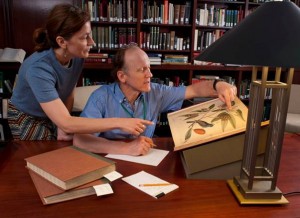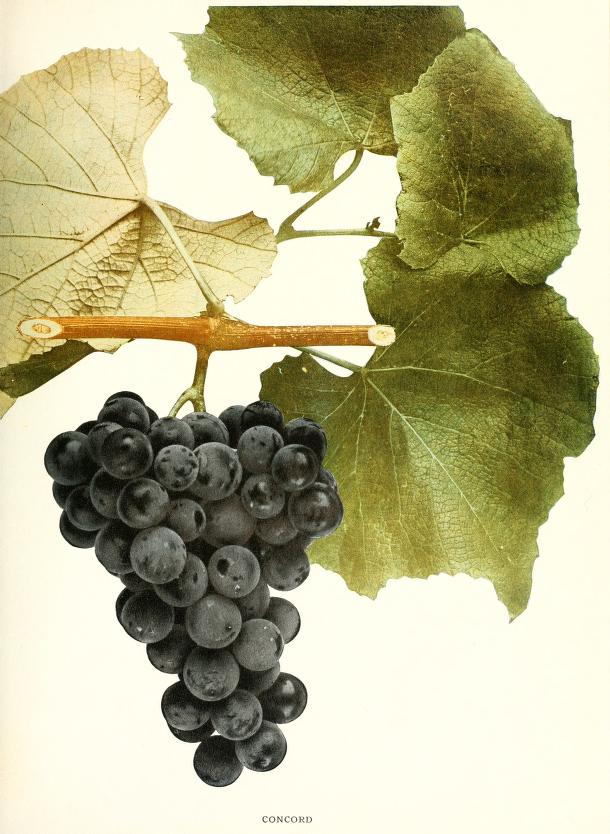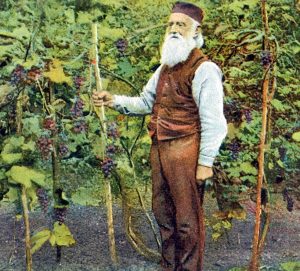This is a two-part series on the Hewitt sisters.
Deep in the Cooper Hewitt, Smithsonian Design Library’s collection of rare books, one might be surprised to come across children’s illustrated books by Walter Crane and Beatrix Potter. Even more fascinating might be the origin of these tomes, for in this collection are the very books read by the founding sisters of the Cooper Hewitt, Smithsonian Design Museum: Sarah (Sallie) and Eleanor (Nellie) Hewitt. These sisters—born of the Gilded Age, granddaughters of industrialist Peter Cooper—would create the first and only museum dedicated to decorative arts in the United States, originally named the Museum for the Arts of Decoration. They were the first women to establish a museum in America.



